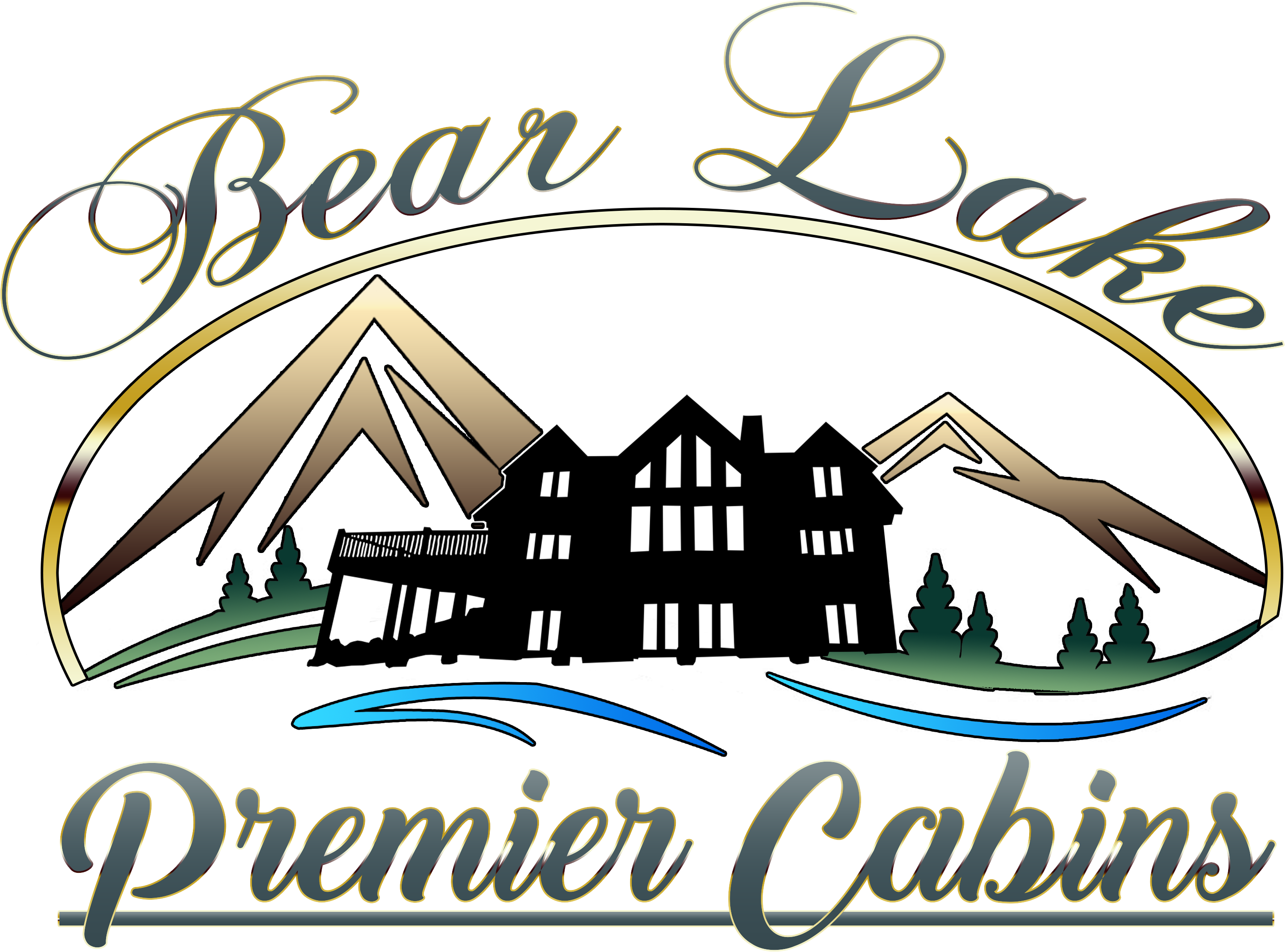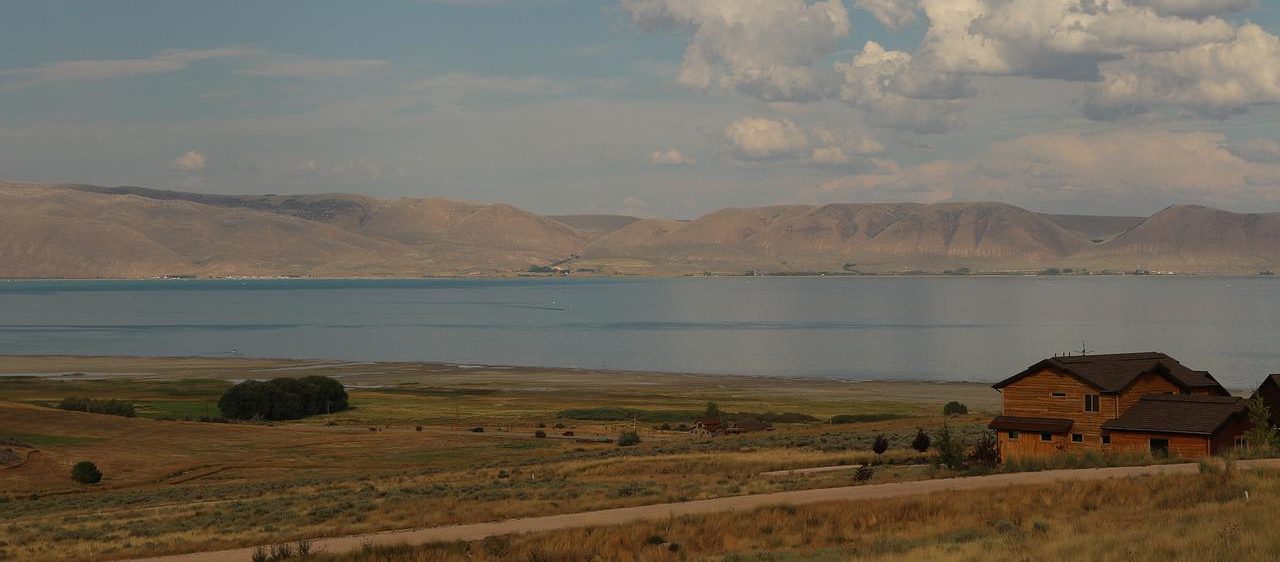The Caribbean of the Rockies
Bear Lake is a natural freshwater lake straddling the Idaho-Utah border in the Bear Lake Valley. Sitting at an elevation of 5,924 feet (1,806m), Bear Lake is split equally between the two states along the northeast side of the Wasatch Mountain Range and the east side of the Bear River Mountains.
Where is Bear Lake
Bear Lake is only a 2-hour drive from Salt Lake City, an easy to reach lake destination worthy of every travel bucket-list! The tourist towns of Garden City and Laketown lie on the western and southern shoreline of Bear Lake and offer visitors endless places to stay, play, and enjoy an abundance of lake activities on beautiful Bear Lake.
The History of Bear Lake
The indigenous Shoshone tribe were the first known inhabitants in the Bear Lake Valley. They hunted, fished and lived off the land for hundreds of years, trading amongst each other until the arrival of the European fur trappers. While many traveled the Oregon Trail, few made their way up the Bear River to the lake until 1818, when French-Canadian trappers from the North West Fur Company first laid eyes on Bear Lake while scouting for wildlife for fur.
In 1819, Donald McKenzie, an explorer for North West Fur Company named the lake (after the large population of black bears) and held the largest known rendezvous of Native Americans in the Rocky Mountains in the summers of 1827 and 1828. These notorious gatherings saw thousands of mountain men, American Indians and trappers camping on the shoreline of “Rendezvous Beach” trading furs and goods.
The first permanent settler in the Bear Lake Valley was Thomas “Peg Leg” Smith, a one legged mountain man who set up a trading post near Dingle, Idaho in the 1840s to supply travelers exploring the Oregon Trail. In 1863, Mormon pioneers settled, establishing the community of Paris in Idaho and then Garden City, Pickleville, and Laketown in Utah. Today, visitors can discover the storied past of Bear Lake at several historical attractions in the Bear Lake Valley.
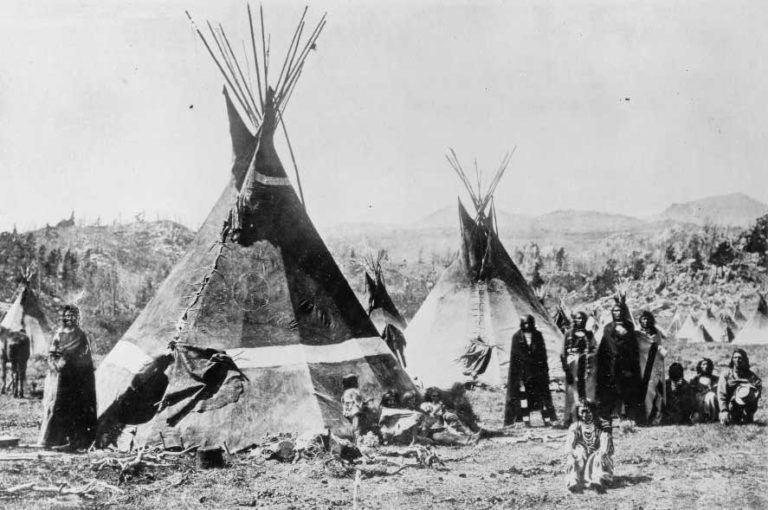
Facts About Bear Lake
How Was Bear Lake Formed?
Bear Lake is one of the oldest lakes in North America and while the exact age is unknown, Bear Lake is estimated to be at least 250,000 years old (and some say millions!). Bear Lake was formed by earthquake activity along the eastern Bear Lake fault line, causing the Bear Lake Valley to drop and creating a natural freshwater lake.
Natural lakes are known to dry up over the years, however the fault subsidence on the eastern shores of Bear Lake continues today, deepening the basin and changing the character of the shoreline from year to year. The ancient shorelines around the lake show former lake levels over 230 feet above the current level.
The Bear River was not always connected to Bear Lake. In 1911, the flow of the Bear River was diverted into Bear Lake via Mud Lake and a canal from Stewart Dam connecting the Bear River to Bear Lake. Bear Lake now drains into the Bear River via the Bear River Outlet and flows into the Great Salt Lake, the largest saltwater lake in the western hemisphere.
Why is Bear Lake so Blue?
Bear Lake is known as the “Caribbean of the Rockies” for its unique turquoise-blue color. The intense and vibrant color of Bear Lake is due to the refraction of limestone deposits (calcium carbonate) from the Bear River Range suspended in the lake waters and reflecting the natural blue color back up to the surface.
How Big is Bear Lake?
Bear Lake is the 2nd largest natural freshwater lake in Utah at 20-miles long and 8-miles wide, with nearly 70,000 acres of water! When the lake is full it covers 109 square miles (280km2) with an average overall depth of 94-feet and 208-feet at the deepest point. The sheer size of Bear Lake makes it easy to find a secluded space on the water.
Does Bear Lake Freeze Over?
Bear Lake is one of the top ice fishing destinations in Utah. Historically, Bear Lake froze over 66% of the time, dropping to 46% in the last 30 years, and 30% in the last ten years – possibly the impact of climate change! Bear Lake last froze in 2017 and on February 3rd, 2022 – Bear Lake officially froze over with reports of slabs 12 inches thick.
Bear Lake Activities
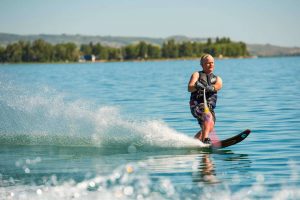
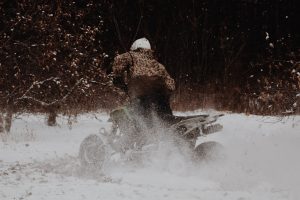

Bear Lake Beaches: Bear Lake boasts 48 miles of shoreline with sandy beaches on the north and south ends of the lake where the Bear Lake Valley floor is flat. North Beach is on the northern end of the lake in Idaho’s Bear Lake State Park with a mile of sandy beaches, a large swimming area, boat ramps to get on the water, and the fun Bear Lake Burger Boat for great food on the water.
On the Utah side of Bear Lake, water lovers have a half-mile stretch of beach at Rendezvous Beach with calm shallow waters for water activities, and three miles of rugged shoreline at Cisco Beach on the eastern shores.
Boating on Bear Lake: Boating is the most popular summer activity on Bear Lake, but there’s plenty of space for everyone to play! There are boat ramps at North Beach, Rendezvous Beach and the Bear Lake Marina with guided charters, boat rentals for every activity, and over 100 square miles of turquoise waters for boating adventures on Bear Lake.
Scuba Diving: Bear Lake’s Cisco Beach is a top spot for scuba diving with a steep drop off close to shore, unique geological features, and clear deep waters with great visibility. The dive site also features a cave, a sunken boat wreck, and the “Car Lot”, an artificial reef made up of dozens of cars sunk in the 1930s.
Fishing: Fishing is a way of life and a four season attraction on Bear Lake. Bear Lake is known for its native species endemic to the turquoise blue waters – the Bonneville Cutthroat Trout (official state fish of Utah), Bonneville Cisco, Bonneville Whitefish and Bear Lake Sculpin – drawing anglers from near and far to jig of the rock piles, troll the waters, and ice fish at the famous Bear Lake Monster Winterfest.
Bear Lake Legacy Pathway: Exploring the Bear Lake Legacy Pathway is one of the best things to do in Bear Lake. Aside from discovering restaurants & cafes that spark an appetite, sipping on Bear Lake’s famous raspberry shakes, and people watching – the shoreline path is a fun, family-friendly way to explore the Caribbean of the Rockies. The flat, paved path connects the Bear Lake communities giving visitors access to the parks, marinas and recreational activities on Bear Lake while displaying breathtaking views of Bear Lake.
Bear Lake Docks, Marinas & Rentals
Whether you’re bringing your own boat to Bear Lake or planning a rental for your vacation, the shoreline of Bear Lake has several marinas, boat ramps, and local outfitters with all the gear needed to explore the turquoise waters of Bear Lake.
Location: 1 mile north of Garden City
Location: 2 miles northwest of Laketown
Location: Garden City
North Beach Bear Lake State Park
Location: St. Charles, Idaho
Location: North Beach, Bear Lake State Park Marina, Garden City, Bear Lake Adventure Center
Location: North Beach, Rendezvous Beach, Bear Lake State Park Marina & Garden City
Location: Blue Water Beach Resort, Garden City
Location: Garden City Park
The Myth Of The Bear Lake Monster
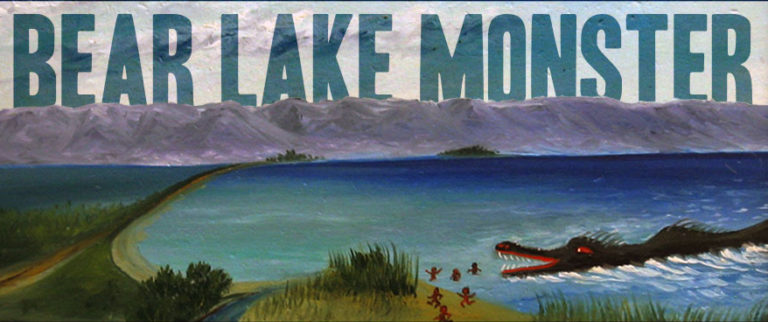
The legend of the Bear Lake Monster dates as far back as the early 19th century when rumors and reports began to circulate about a “strange, serpent like creature” swiftly moving through the waters of Bear Lake.
Sightings of the Bear Lake Monster were first reported in an 1868 article written by Mormon pioneer, Joseph C. Rich, and published in the local Deseret News. There were enough sightings for the locals to consider the myth of the Bear Lake Monster credible and Brigham Young, the LDS Church President, even sent a large rope to aid in capturing the reportedly 50-ft monster.
Over 26 years after his article, Joseph C Rich stated it was a “wonderful first-class lie”, but the sightings seemed to continue. In 1907, two men claimed the monster attacked their camp and killed a horse, in 1937 a young four year old boy sighted the serpent like creature, in 1946 a reliable statement from a Boy Scout leader, and the last reported sighting was in 2002 by a local Bear Lake businessman.
Today, the legend lives on and is celebrated at the annual Bear Lake Monster Winterfest in January, the biggest event of Bear Lake’s winter season. Anglers line the shores ice fishing and dip netting for cisco at the Cisco Disco, gallons of chili is devoured at the Monster Chili Cookoff, and icy dress-up dips are taken at the Monster Polar Plunge (just be weary of what’s below!).


